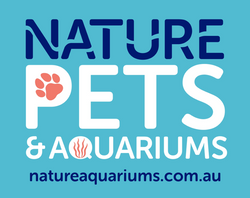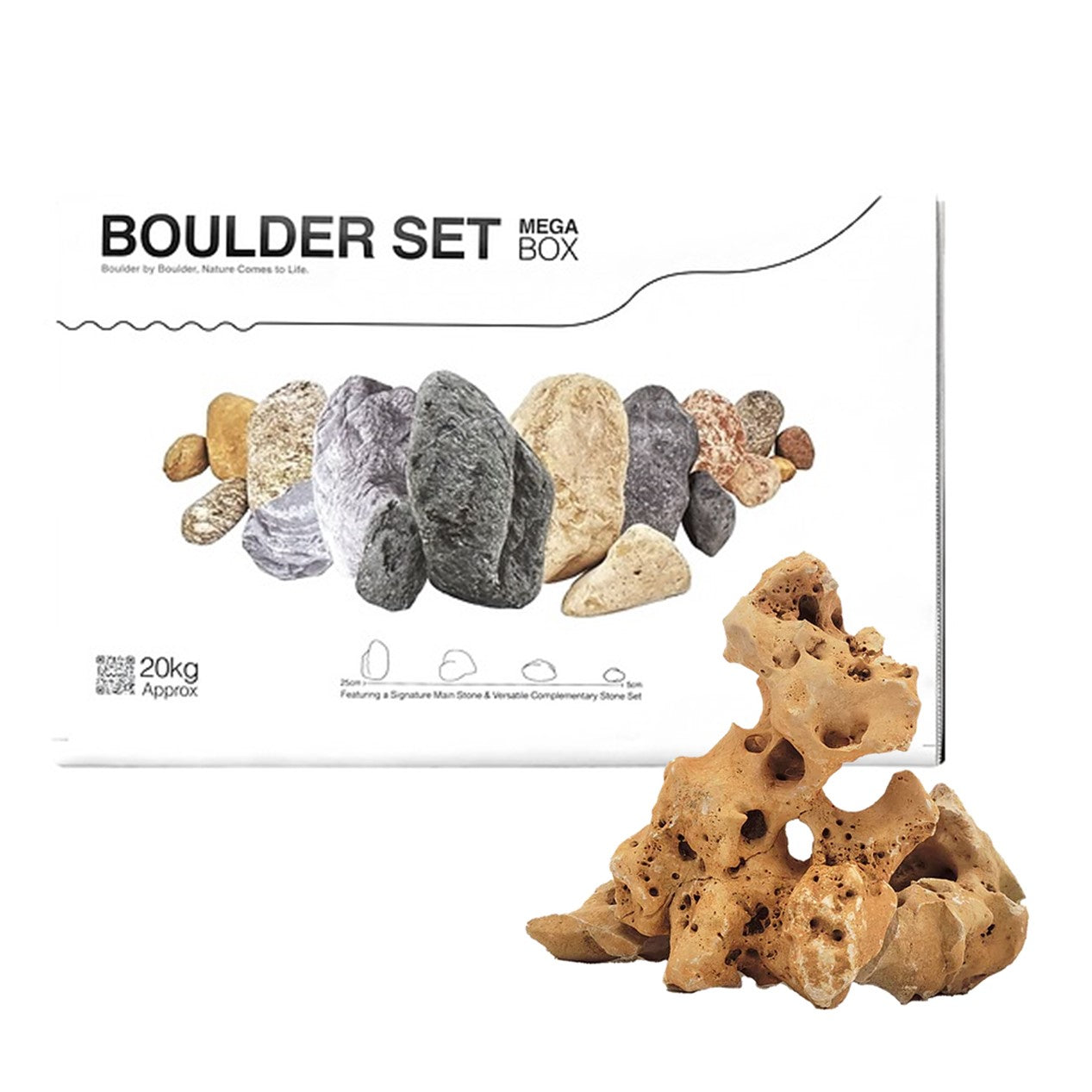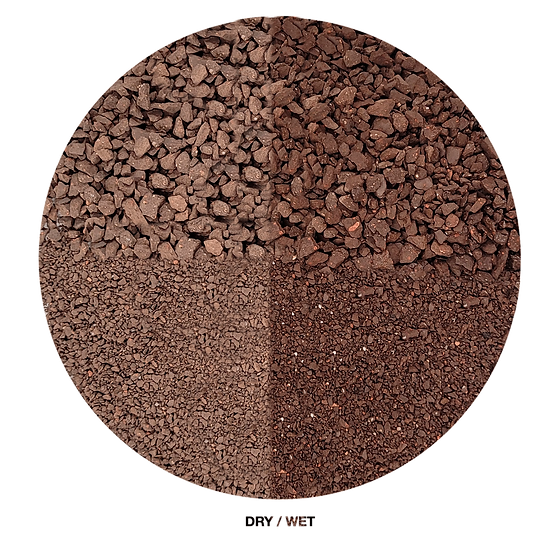Recreating a Costa Rican River Habitat: A Biotope by David Norholm
David Norholm, an aquarist from Denmark, embarked on a captivating journey to recreate a stunning aquatic environment inspired by the Río Sarapiquí in Costa Rica. Known for its volcanic origins and vibrant ecosystem, the river is home to a variety of unique species, including Poecilia sphenops (German mollies) and Amatitlania myrnae.
David’s mission was to authentically replicate this habitat in his biotope, showcasing both the beauty and ecological balance of the region.

WIO Products: Integral to the Biotope's
A key component in David's successful biotope creation was the use of the WIO Beck River Kit. Chosen for its volcanic rock aesthetic and natural materials, Beck River Kit included:
- Wetland Artist Cocoa Substrate: Ideal for creating a natural riverbed foundation.
- Beck Riverbed and Darwin Black Lava Stone: Volcanic Darwin Black Lava with Beck Riverbed, helped replicate the rocky, textured river environment.
- Hardscape Elements: The substrate were paired with Darwin Lava Nano Stone to evoke the look and feel of a riverbank.



Creating a Biotope Bed: David’s Step-by-Step Process Using the Beck River Kit
Creating a biotope is a rewarding and educational process that allows hobbyists to build a natural habitat replicating a specific ecosystem. This Costa Rican inspired biotope is a prime example of how this can be achieved using WIO products.
What is a Biotope?
A biotope is a self-contained, balanced ecosystem designed to replicate a specific natural environment.
Materials Needed:
- WIO Beck River Kit Includes Wetland Artist Cocoa substrate, Beck Riverbed, Darwin Black Lava Stone, and Nano Rock Darwin Black Lava.
- Aquatic plants suited for river habitats.
- Driftwood pieces for added texture.
- Background plants for additional greenery and visual appeal.
With these materials, you can create a beautiful and ecologically sound biotope that mirrors the characteristics of the Río Sarapiquí.
Step 1: Planning Your Biotope Layout
The first step in creating any biotope is to carefully plan the layout. David researched the natural riverbed, focusing on the placement of rocks, plants, and the flow of water.
Step 2: Adding the Substrate
The foundation of a biotope is its substrate. David spread WIO’s Wetland Artist Cocoa substrate across the base of the tank, layering it with fine gravel and sand to create a gentle slope that mimics the natural riverbed.
Step 3: Placing Rocks and Driftwood
The Beck River Kit comes with perfectly sized rocks to mimic a riverbed environment. Beginning with the larger ones at the back of the tank and using smaller Nano Rocks at the front for depth sensation. Driftwood was carefully arranged to replicate the natural settlement along the riverbanks.
Step 4: Planting Your Aquatic Plants
David selected aquatic plants that thrive in river habitats. These were arranged with taller plants at the back and shorter plants in the front, ensuring each species had enough space and light to grow.
Step 5: Adding Water and Fine-Tuning the Environment
After completing the hardscape and planting, added water slowly to avoid disturbing the plants and rocks. Tested the water parameters to ensure they were suitable for the species he planned to introduce and made any necessary adjustments.
Step 6: Creating the Flow
To replicate the natural water flow of the river, David used a filter and gentle pump. This subtle flow keeps the water moving, preventing debris from settling and ensuring the health of the plants.
Step 7: Final Touches and Maintenance
Once the biotope was completed, David allowed it to stabilize before introducing any aquatic creatures. Regular water quality checks were performed, and plants were monitored as they adapted to their new environment.
Check the following video with the step by step creation process:





